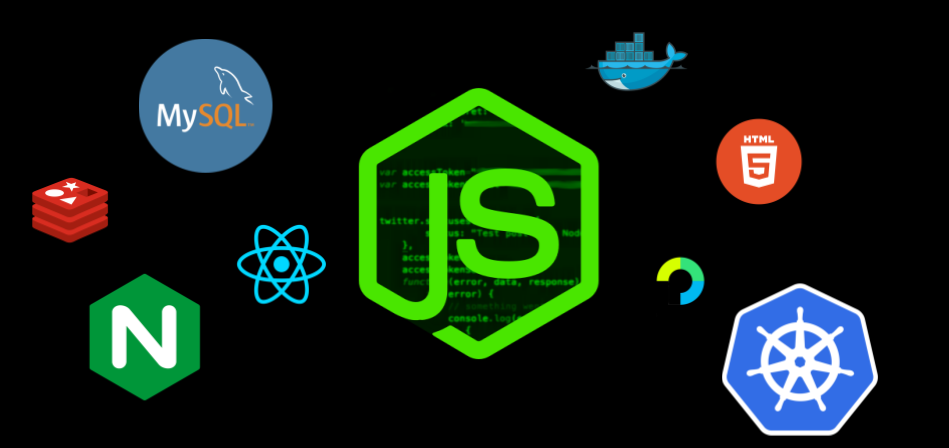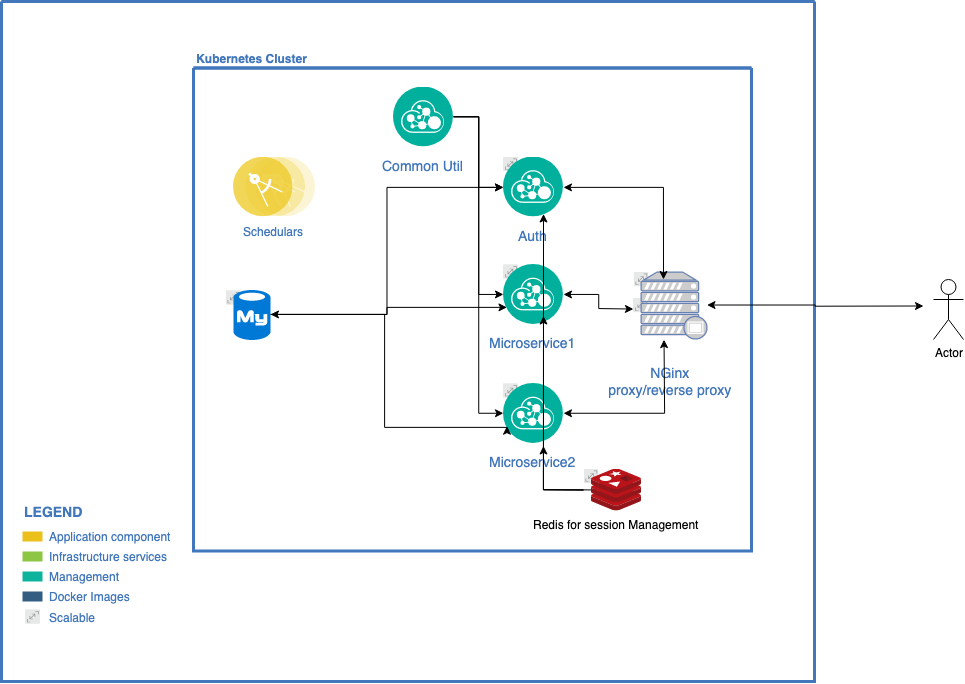- August 16, 2019
- Posted by: Rahul Thachilath
- Categories:
In this series, we will complete an entire lifecycle of a microservice-based project. Following are the topics which will be covered in this series:
- The architecture of System, technology stack and development environment.
- Module segregation, creation, and interaction among them.
- Proxy and Reverse Proxy setup.
- Authentication and Authorization.
- Containerization and Orchestration.
- Deployment and Monitoring.
What is Microservices?
It’s also known as the microservice architecture – is an architectural style that structures an application as a collection of services that are
- Highly maintainable and testable
- Loosely coupled
- Independently deployable
- Organized around business capabilities
- Owned by a small team
The microservice architecture enables the rapid, frequent and reliable delivery of large, complex applications. It also enables an organization to evolve its technology stack.
Technology/API Stack
We will go top-down:
Kubernetes
For orchestration. It will take care of the number of nodes to be active. Increase/decrease based on traffic. Restart if down, etc.
Docker
For containerize all the independent services.
NGinx
For reverse proxy and proxy for microservices.
Redis
For session sharing among microservices and user.
MySQL
For database.
NodeJS
For server-side coding
ExpressJS
For web framework in NodeJS.
HelmetJS
For securing ExpressJS.
RequestJS
For inter Microservices communications.
Nodemon
For code hot swap.
Debug
For debugging logs.
Passport
For server side session management.
JWT
For token management.
The Architecture
Only port 443 will be open to the outside world. Everything will be through https port. Nginx will be handling all the requests/response. It will be a proxy for all the web services residing in Cluster. It will be also acting as a reverse proxy to redirect requests to respective microservices.
All the authentication will be done by the Nginx and authorization by individual microservices(More to this on later parts). We will be using JWT for authN & authZ.
Redis will be storing session in an encrypted format and sharing among all the services.
MySql will be used to store user data, encrypted password, roles, etc.

